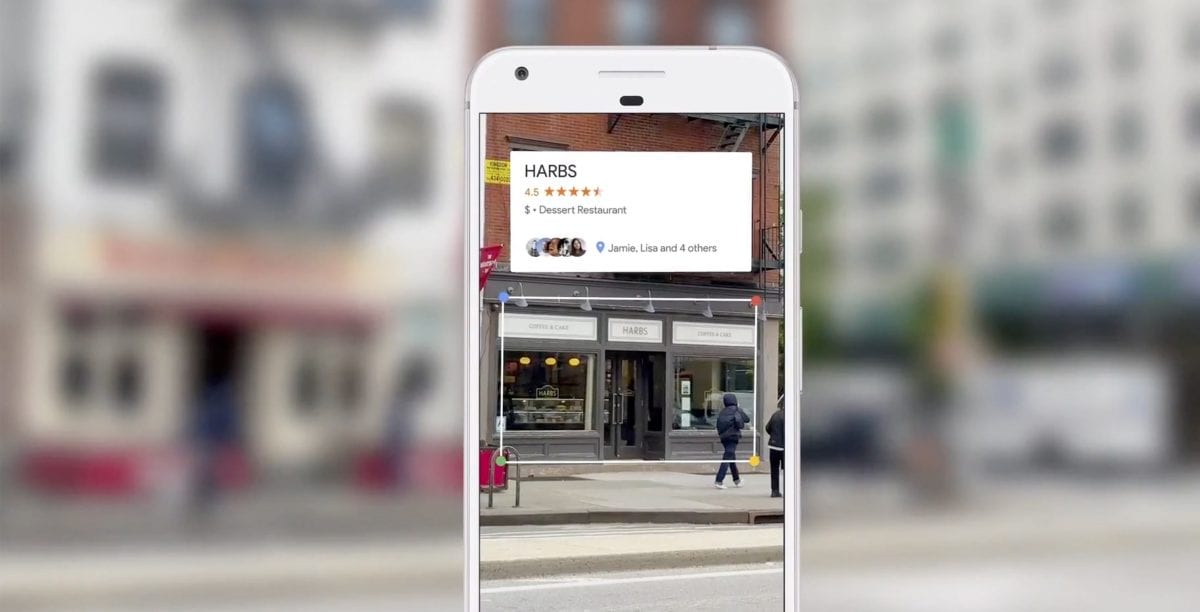Visual Search Revolution is Transforming Digital Marketing and User Experiences in 2025
Recent developments in computer vision and visual search technology on major platforms like Google Lens and Pinterest are indicating that brands need to start adapting for visual search optimization. Visual search already expands way beyond Google’s search engine rankings and offers some exciting new possibilities to marketers through machine learning and neural networks.
In this post, we’re going to cover what visual search is, why it’s important, what big brands like Google and Amazon are doing for visual search implementation, how to optimize for visual search, and how it might be used in the near future.
Unlocking the Power of Image-Based Search Engine Technology
Visual search uses images as the user’s input on a search engine to display related content through deep learning algorithms. Search engines are using artificial intelligence (AI) and object detection to understand image inputs a lot better than in the past. AI is used to determine an image’s content and context, which helps search engines show related content and images quickly. Visual search helps improve a user’s experience by finding content on the web without needing to use a text-based search.
Key Takeaways About Visual Search Technology
- Visual search technology uses AI and machine learning to help users find information using images instead of text.
- Major platforms like Google, Pinterest, and Amazon have already implemented powerful visual search features.
- The visual search market is growing rapidly and is expected to reach significant market value by 2023.
- Top Draw helps businesses optimize their visual content for better search engine visibility.
- Visual commerce is transforming how customers discover and shop for products online.
- Image optimization plays a crucial role in visual search success.
- Visual search bridges the gap between offline and online shopping experiences.
For example, you can use an image on Google search, and the visual search results will show related images, products, websites using similar images, and results with content related to the image through image classification technology. Visual search features and visual search APIs are being added everywhere there is search functionality: Google, Pinterest, Instagram, Amazon, and Microsoft have already implemented visual search features. Visual search already has applications in e-commerce, social media, websites, apps, and even real-world experiences.
Here is an example of Google Lens helping a user search for sofas on Google Images:
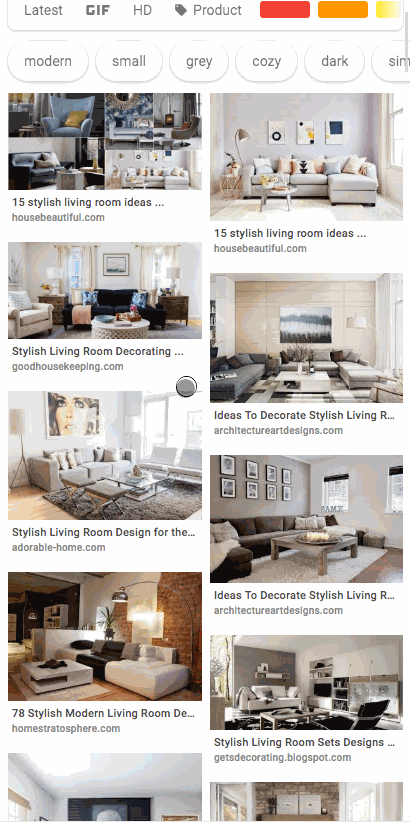
The user finds an image of a sofa on the web and uses Google Lens to find sofas for sale similar to the one in the image through visual product discovery. The user is able to find the sofa in seconds. If the user were to search for this particular sofa with text alone, the visual search process would take them much longer to find.
Visual Search: The Game-Changer for Digital Marketing
Visual search optimization is the next step in digital marketing. Visual commerce platforms make it important for brands to ensure they keep up with search engines as they evolve to avoid losing visibility and traffic. This visual search technology is opening new and exciting doors for brands to engage with their audience through image processing. Brands that adopted visual search algorithms early are already enjoying the benefits of increased visibility and engagement, here are some visual search case studies you can check out to show its impact:
- Forever 21 increases AOV by 20% through visual search. Retail Touch Points
- BooHoo enjoyed an 85 percent higher conversion rate for those using Camera Search, as compared to those who did not. Grit Daily
- Tommy Hilfiger’s image recognition app helps drives new web traffic and engagement: The Current Daily
Explosive Growth and Adoption of Visual Search Engine Technology
Much like voice search, visual search usage is already growing fast. Visual search is another step towards improving user experiences. Platforms like Google, Instagram, Pinterest, and Amazon rely on providing exceptional experiences to retain and grow their user base. If they can improve their user experience, they can encourage people to use their platform for longer periods of time.
Here are some statistics about the rise of visual search:
- The image recognition market grew to $25.65 billion in 2019. Source: MarketsandMarkets
- The Global Visual Search Market is estimated to surpass $14,727m by 2023 growing at CAGR +9% during the forecast period 2018–2023. Source: Report Consultant
- There are over 600 million visual searches on Pinterest every month. Source: Pinterest
- Images are returned for 26.8% of search queries on Google. Source: Moz
- 62% of millennials want visual search over any other new technology. Source: Visenze
Innovations in Image Search from Major Tech Companies
Google, Pinterest, Amazon, Snapchat, and Instagram have already launched visual search solutions for their platforms. Let’s look at how these new search solutions work and how they have opened new doors for marketers.
Google Lens: Revolutionizing Try Visual Recognition Technology
Google Lens is Google’s latest image recognition technology and app. Google Lens allows users to use real-time images as well as images on the web to find related information. Google Lens works by using an AI-powered neural network to recognize images.
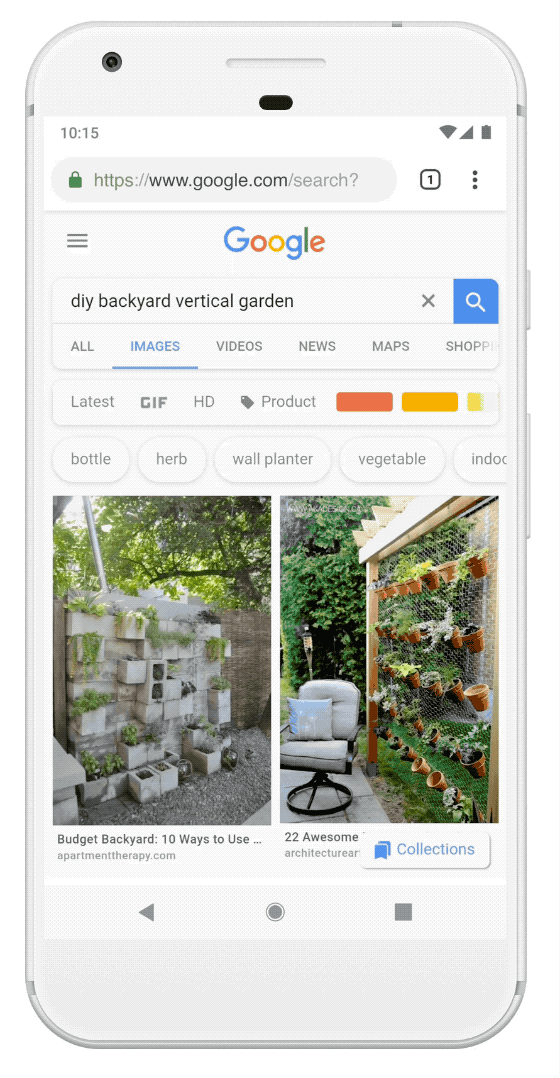
Taking a picture instead of typing a search query offers greater convenience and accuracy when identifying complex objects or scenes. This innovation transforms how we interact with the world around us.
Google Lens helps users to translate text in real-time, identify plants and animals, find products, and more. This creates opportunities for brands to create images and connect offline experiences with online experiences. For example, you can use Google Lens to scan a menu in a restaurant to find reviews of a specific dish. The New York Times also recently experimented with Google Lens by printing a scannable area for Google Lens users that unlocked a bonus podcast.
Pinterest’s Visual Serch and Lens: Transforming Online Shopping
Pinterest’s visual search feature allows users to shop for items found within an image. Users can go directly from finding a pair of boots on Pinterest to checking out on the retailer’s store in seconds. Pinterest’s latest addition, Lens, allows users to upload an image directly from their camera to find products online. For example, a user might use Pinterest Lens to snap a picture of a pair of sneakers in a store and shop for similar ones online.

Visual serch technology, despite the occasional typo in its name, remains one of the most powerful tools for connecting visual content with products and information across the digital landscape.
These two features have presented a lot of e-commerce marketing opportunities for the platform. Pinterest is one of the world’s largest visual shopping networks. There are more than 2 billion searches on Pinterest every month, 600 million are visual searches and 48% of users searching on Pinterest are shopping for products.
Amazon’s Camera Search: Bringing AR to Online Shopping
Amazon’s latest camera search feature allows users to use augmented reality (AR) to preview a product in their home. For example, you can shop for a sofa and use the view in your room feature to see what it would look like in your house, and fit to scale in real-time before buying it. Amazon camera search also allows users to use their smartphone to scan barcodes and find similar items for sale on Amazon.

Camera search presents some exciting opportunities for those who sell on Amazon. However, this technology is relevant for anyone who sells online. If these features work well on Amazon, it is likely that other platforms will adopt it. Trying out items in real-time with AR could easily become the new normal for online shopping.
Snapchat’s Integration with Amazon for Visual Shopping
Snapchat recently partnered with Amazon on a shopping feature. Users can now use Snapchat to find products that are available to purchase on Amazon and buy them on Snapchat in a few taps. Snapchat Shopping is similar to Pinterest’s visual search feature but is exclusively for Amazon products.
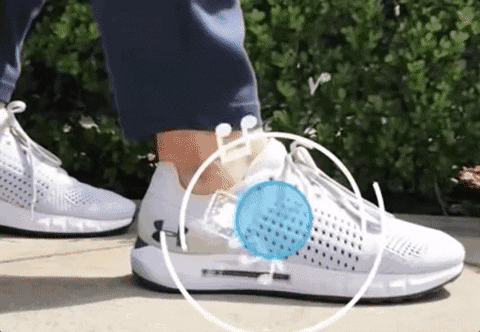
This creates opportunities for Amazon sellers to leverage Snapchat’s social media features. Users who share their latest purchases with their friends and followers can now influence Amazon sales. If this feature works well for these two platforms, it is likely that similar partnerships between social media platforms and shopping networks will emerge.
Strategies for Optimizing Your Content for Search SEO
Planning and optimizing for visual search today is more important than ever. It won’t replace text-based search. but the combination of text, voice, and visual search all serve the same purpose of making the user’s life easier and more convenient. Remember that SEO best practices still apply. The use of images in searches will continue to rise, and more importantly, new technology will continue to emerge for visual search. Here are some tips on optimizing for visual search in 2025 and beyond.
Search SEO practices focusing on visual elements are becoming increasingly important, with the most valuable attribute being the ability to connect traditional SEO techniques with image optimization strategies for comprehensive visibility.
Techniques to Enhance Website Images for Try Visual Search
Optimizing the images on your website for visual search is important. Even if you aren’t in the e-commerce space, people today are more likely to find your website through images. In fact, recent studies have shown that Google Images accounted for 22% of all searches on the web (That’s over 600 million images a day). Much like text-based searches, you will want to ensure your brand shows up for the image searches that are most relevant. Here are some tips for optimizing your website for visual search.
Crafting Descriptive and SEO-Friendly Image Titles
The filenames of your images are used by search engines to help determine the context of your image. Be sure to upload or rename your images to use a clear and descriptive naming convention. For example, if you are updating a picture of a blue sofa, you might rename it from “IMG_1234.png” to something more descriptive like “blue-sofa.png”.
Maximizing Alt Text for Improved Image Search Context
Alternative text is also used by search engines to determine image context. Before visual search, alternative text data was Google’s only way of knowing what your image was composed. Search engines are still heavily reliant on alternative text today. Update the alt text on your images with a very concise, clear description of the image. Explain the image to someone else who couldn’t see it. For example, your alt text for your blue sofa might be something like “Our signature blue sofa placed in a modern and stylish living room”.
Enhancing Image Descriptions for Better Search Results
Image descriptions and captions are popular in CMS platforms like WordPress. They are used to display additional information about an image. With image search on the rise, this is a great opportunity to add information to your image descriptions even if they won’t be displayed to users. Search engines will be able to find this information to help them index, organize, and rank your images.
Optimizing Image Size and Format for Web Performance
The file size and dimensions of your images should be optimized for the web. Now is the time to revisit oversized images and shrink them down, which decreases the amount of data a user needs to load a page. Optimizing your image sizes will allow you to improve your website’s page load time, which helps improve rankings and provides a better user experience.
Implementing Image Sitemaps for Better Indexing
Sitemaps are used to indicate a website’s intended structure to search engines. Image sitemaps help search engines better understand how your images relate to your content. Adding an image sitemap to your website will help you improve your image’s rankings by helping search engines find and index your images.
Leveraging Structured Data to Enhance Image Context
Structured data is code on your website that highlights certain features of the website content, which helps search engines better understand the content of your website. Add schema markup for images and products to your website where appropriate.
Integrating Visual Search into Your Social Media Strategy
Now is a great time to think about how visual search features might impact your social media channels. If you are selling products online, the application of linking products to social posts is obvious. Brands who aren’t selling online can still benefit from visual search on social media. Here are some tips on incorporating visual search into your social media strategy.
Creating Shoppable Content for Social Media Platforms
If you sell online, now is the time to ensure your social media content is shoppable. For example, post your products on Pinterest and link them directly to the product page on your website. Instagram and Snapchat also offer shoppable content features.
Leveraging Influencer Marketing for Visual Search Success
Influencers typically only promote one product at a time. With visual search, an influencer could promote an entire outfit tagged with shoppable products. Even if you don’t sell online, visual search creates new opportunities to work with influencers in your industry. For example, an interior designer could promote specific home decor products posted within the images on her Instagram channel. In return, the home decor company could recommend the interior designer.
Bridging Offline and Online Experiences with Picture Instead
One of the most exciting aspects of visual search is its ability to enhance offline marketing, opening new doors for creative opportunities. Here are some ideas to get your creative juices flowing.
Using a picture instead of text-based search offers the significant advantage of capturing contextual details that would be difficult to describe in words, making it ideal for complex visual objects and environments.
Revolutionizing Print Media with Visual Search Technology
Print media can now be enhanced by visual search tools like Google Lens. A restaurant can bring its menu to life with scannable content. A printed product catalog can now be linked directly to products on your website. Business cards can be scanned and linked to your company page. Coupon codes can be redeemed by a quick scan.
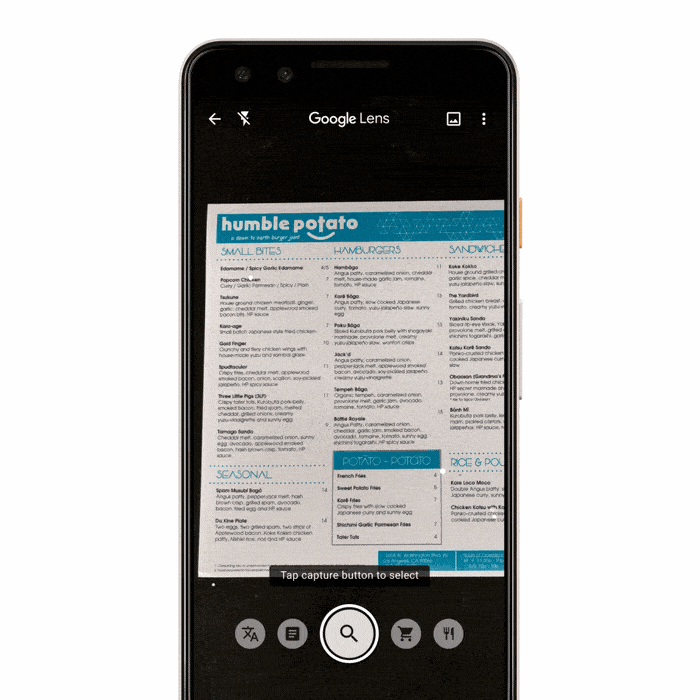
Enhancing On-Site Information with Visual Search Tools
Your physical location can be equipped with scannable information. For example, a museum or art gallery could link their displays to more information on their website. A retail store can link its physical products to online inventory.
Creating Engaging Easter Eggs with Visual Search Features
Similar to the New York Times offering a bonus podcast to users who scanned a magazine page, you too can create bonus content for your users and customers to discover. Pinterest adopted this technique and created Pincodes, which are scannable icons that link back to content on Pinterest.

Try this Pincode for yourself by opening your Pinterest app, tapping on the camera icon, and scanning this image.
Exploring the Future Landscape of Search SEO Technology
Today visual search platforms are another relatively new marketing tool to be aware of, but the future of visual search is very exciting. Visual search brings us closer to a more connected world, both online and offline. In the near future, visual search metrics will be a normal part of everyday life. Here are some examples of how visual search will play a key role in emerging technology.
Merging Augmented Reality with Picture Instead Capabilities
AR is becoming popular for many applications. Visual search already compliments AR on Amazon by being able to find a product and then try it out in an augmented reality view. Visual search could also be used to trigger AR events on smartphones. For example, scanning a card to reveal an AR dinosaur.
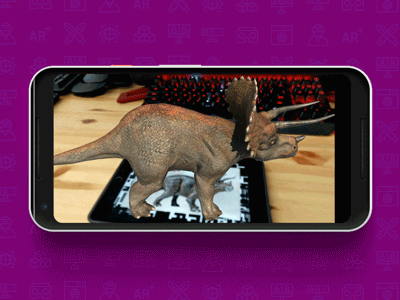
Smart Glasses: The Next Frontier for Try Visual Technology
Smart glasses are already in use today for some applications and will continue to grow in popularity over the next few years. In fact, Apple has predicted that smart glasses will replace smartphones within the next decade. Smart glasses offer a hands-free experience to interact with the world, which makes visual search technology a key component to making smart glasses useful. By building powerful features like visual search, platforms like Google, Pinterest, and Amazon are paving the way for the next generation of technology.
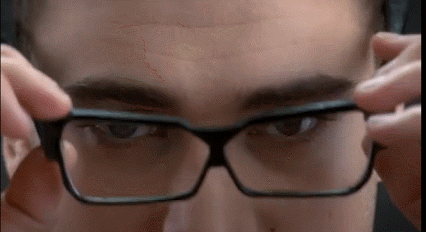
Visual Search Engine: Reshaping the Future of Digital Marketing
Visual search will soon be an everyday part of life as it becomes more adopted by the apps and platforms we know and love. Visual search offers some exciting new marketing opportunities that brands should adapt to. Consider visual search as part of your immediate and future marketing strategies because visual search usage will continue to rapidly increase as technology develops and is embraced by companies all over the world.
When you try visual search technology, you’ll appreciate its ability to instantly recognize and provide information about objects, landmarks, and products, making discovery more intuitive and efficient than traditional search methods.
Important Information about Visual Search Technology
- Visual search technology significantly impacts SEO rankings by improving image discoverability and relevance in search results through enhanced metadata and image optimization.
- Implementation costs for visual search features vary widely depending on the scale and complexity of the system, typically ranging from basic API integration to custom solution development.
- Advanced visual search algorithms can identify multiple objects in a single image with high accuracy using deep learning and neural networks.
- Retail, fashion, home decor, and real estate industries benefit most from visual search implementation due to their highly visual nature.
- Current visual search technology achieves over 90% accuracy in product identification when images are clear and well-optimized.
- Visual search technology handles different languages through image recognition, making it a universal solution for international markets.
- Visual search drives approximately 19% of e-commerce sales in businesses that have implemented the technology effectively.
- Modern visual search systems can process up to 1000 images per second with distributed computing resources.
- The average implementation time for basic visual search features ranges from 2 to 4 months.
- Primary security concerns include data privacy, image rights management, and potential misuse of visual information.
